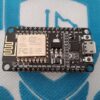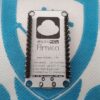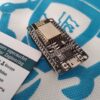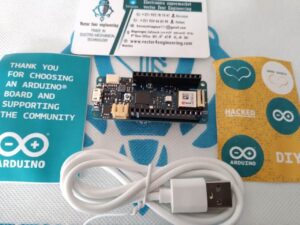+251 99 380 2995 | +251 97 022 2227 | [email protected]
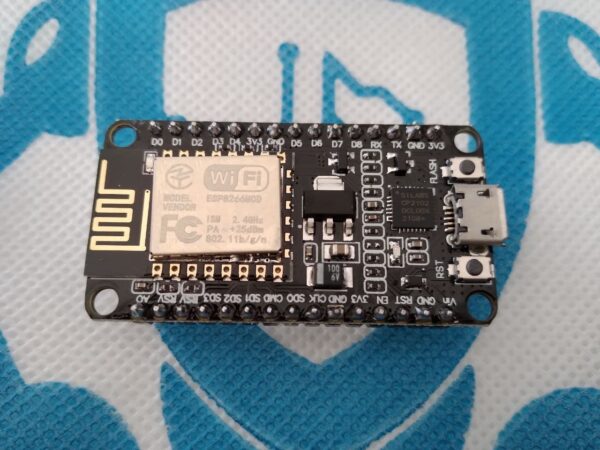
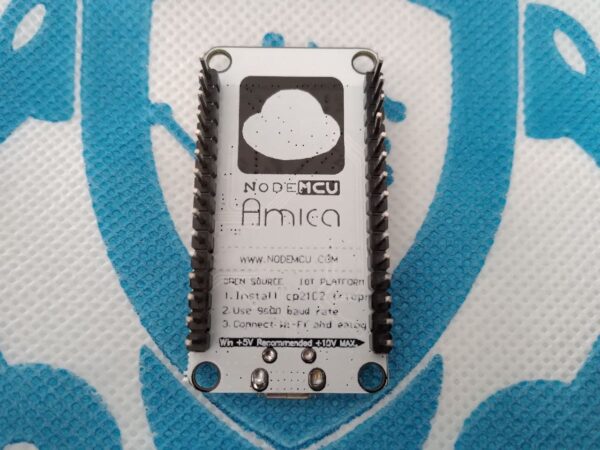
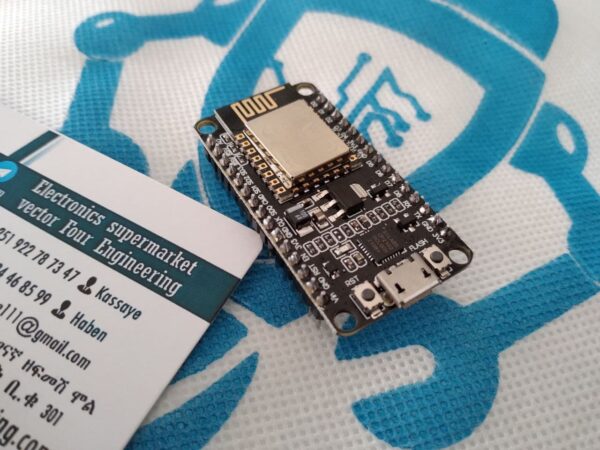
NodeMCU ESP8266 Wifi Module
Br 1,000.00
- Microcontroller: Tensilica 32-bit RISC CPU Xtensa LX106
- Operating Voltage: 3.3V
- Input Voltage: 7-12V
- Digital I/O Pins (DIO): 16
- Analog Input Pins (ADC): 1
- UARTs: 1
- SPIs: 1
- I2Cs: 1
- Flash Memory: 4 MB
- SRAM: 64 KB
- Clock Speed: 80 MHz
- USB-TTL based on CP2102 is included onboard, Enabling Plug n Play
- PCB Antenna
- Small Sized module to fit smartly inside your IoT projects
- NodeMCU is an open-source Lua based firmware and development board specially targeted for IoT based Applications.
- It includes firmware that runs on the ESP8266 Wi-Fi SoC from Espressif Systems, and hardware which is based on the ESP-12 module.
- The NodeMCU ESP8266 development board comes with the ESP-12E module containing the ESP8266 chip having Tensilica Xtensa 32-bit LX106 RISC microprocessor. This microprocessor supports RTOS and operates at 80MHz to 160 MHz adjustable clock frequency. NodeMCU has 128 KB RAM and 4MB of Flash memory to store data and programs. Its high processing power with in-built Wi-Fi / Bluetooth and Deep Sleep Operating features make it ideal for IoT projects.
- NodeMCU can be powered using a Micro USB jack and VIN pin (External Supply Pin). It supports UART, SPI, and I2C interface.
Power
- Micro-USB: NodeMCU can be powered through the USB port
- 3.3V: Regulated 3.3V can be supplied to this pin to power the board
- GND: Ground pins
- Vin:�External Power Supply
Control Pins
- EN, RST:The pin and the button resets the microcontroller
Analog Pin
- A0:Used to measure analog voltage in the range of 0-3.3V
GPIO Pins
- GPIO1 to GPIO16:NodeMCU has 16 general purpose input-output pins on its board
SPI Pins
SD1, CMD, SD0,CLK: NodeMCU has four pins available for SPI communication.
UART Pins
TXD0, RXD0, TXD2, RXD2:NodeMCU has two UART interfaces, UART0 (RXD0 & TXD0) and UART1 (RXD1 & TXD1). UART1 is used to upload the firmware/program.
I2C Pins:
NodeMCU has I2C functionality support but due to the internal functionality of these pins, you have to find which pin is I2C.
Applications�
- Prototyping of IoT devices
- Low power battery operated applications
- Network projects
- Projects requiring multiple I/O interfaces with Wi-Fi and Bluetooth functionalities

